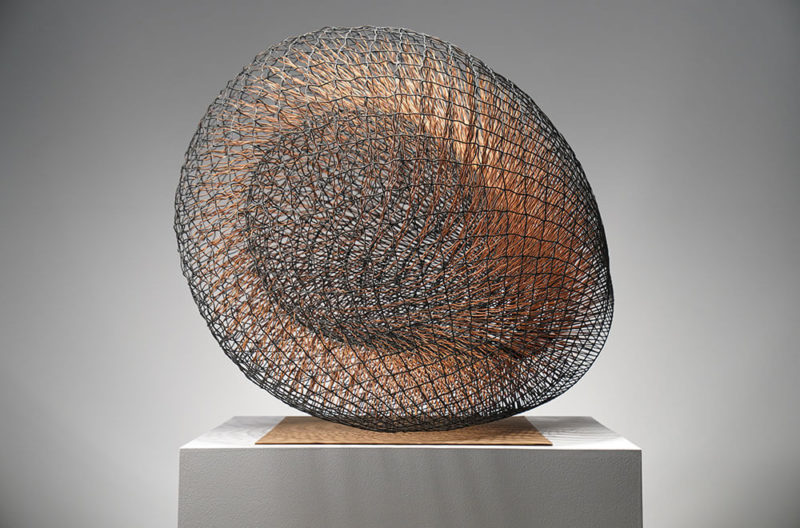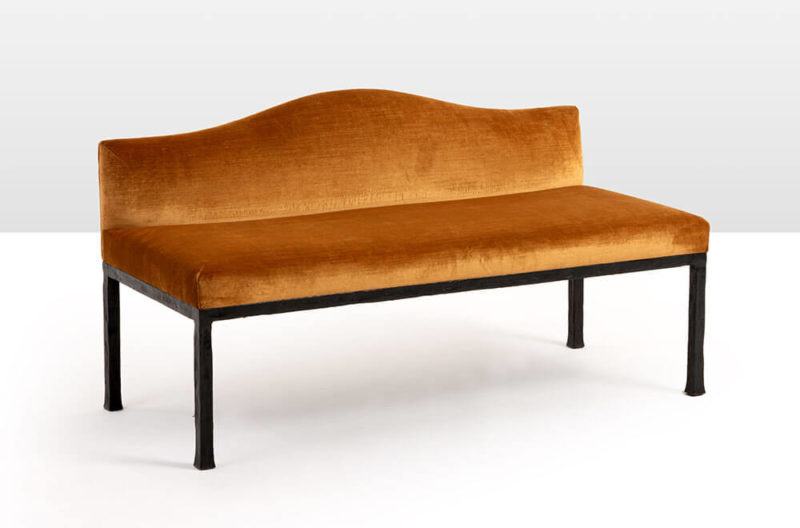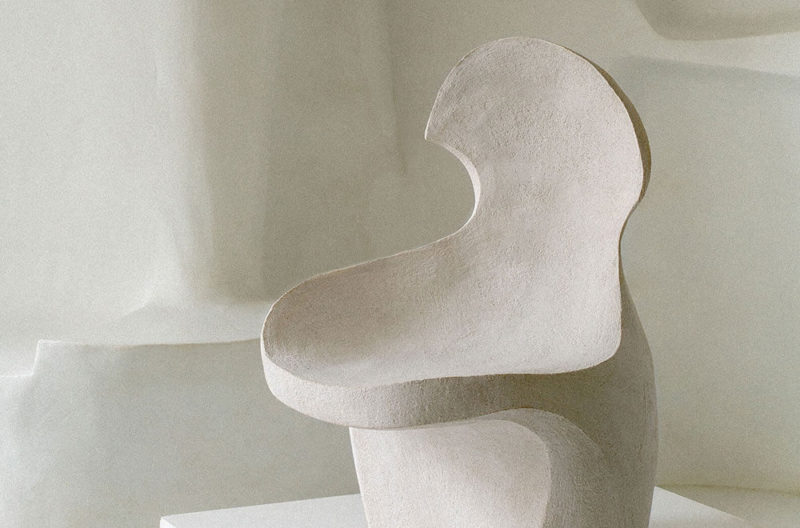COLLECTIBLE / SALON 2021
A hybridised format brings a rich seam of lockdown work to light.
Online Fair: 28th – 30th May 2021
COLLECTIBLE Week across Brussels: 26th – 30th May 2021
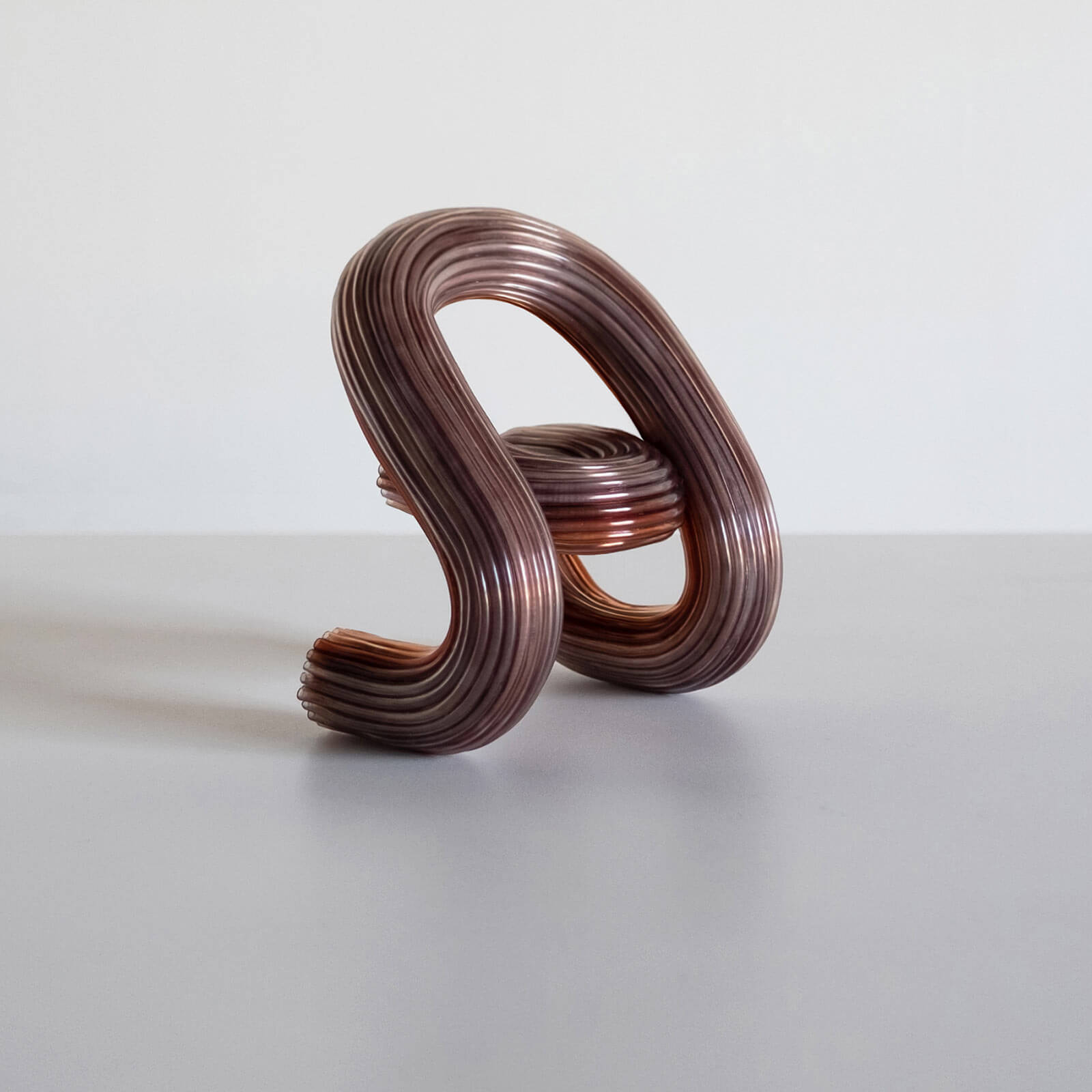
Ara Thorose, ‘Path No. 4’ chair, 2021
COURTESY: © Ara Thorose
THE FOURTH EDITION of COLLECTIBLE, the Brussels fair dedicated to twenty-first century design, takes place in a hybridised form this month. Besides an online edition called COLLECTIBLE SALON, 28th-30th May, which replaces the physical fair, there is a COLLECTIBLE Week programme of gallery shows in the city of Brussels. The founders, Clélie Debehault and Liv Vaisberg, have remained faithful to COLLECTIBLE’s founding concept by retaining the main, bespoke and curated sections – with 38, 24 and 16 exhibitors respectively.

Mircea Anghel, ‘Pico Rosa’, 2021
COURTESY: Mircea Anghel
The fair provides the opportunity to discover the eclectic array of objects that designers have created in their studios during successive lockdowns. First-time exhibitor, Galerie BSL from Paris, is showing Charles Kalpakian’s ironically titled ‘Still Travel’, a series of chiselled, geometric furniture and wall installations (price €1,300-€8,000). It encapsulates how the French-Lebanese designer returned to basics last year.
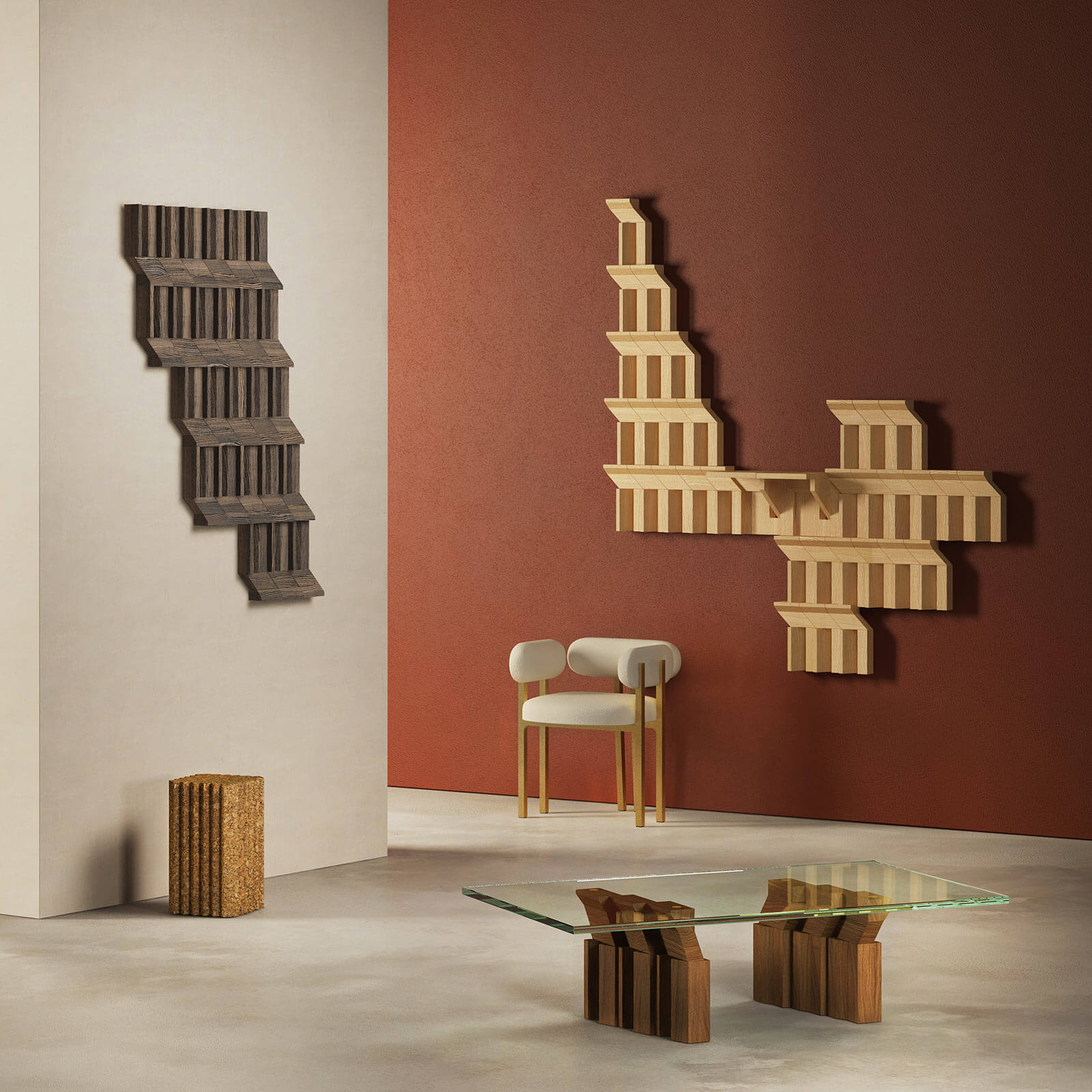
Installation view, Charles Kalpakian at Galerie BSL
COURTESY: Galerie BSL / PHOTOGRAPH: © Charles Kalpakian
“The concept came from the confinement, when I was unable to travel and started to work with remnants of wood in my Paris studio,” Kalpakian says. The repetitive rhythm of the “micro-architecture objects” refers to monuments such as the Baalbeck archaeological site in Lebanon.
As health conditions improve across Europe, many galleries have focused on making upbeat presentations. “We have chosen a collection of colourful designs, recognising the need for optimism,” Maria Foerlev, owner of Etage Projects from Copenhagen, says. Etage Projects is featuring Cristian Andersen’s macaron-shaped stools made from painted cork and polyurethane – with bases of cast concrete – and ceramicist Karl Monies’s water vessels with rope handles; prices range from €2,000-€6,000.
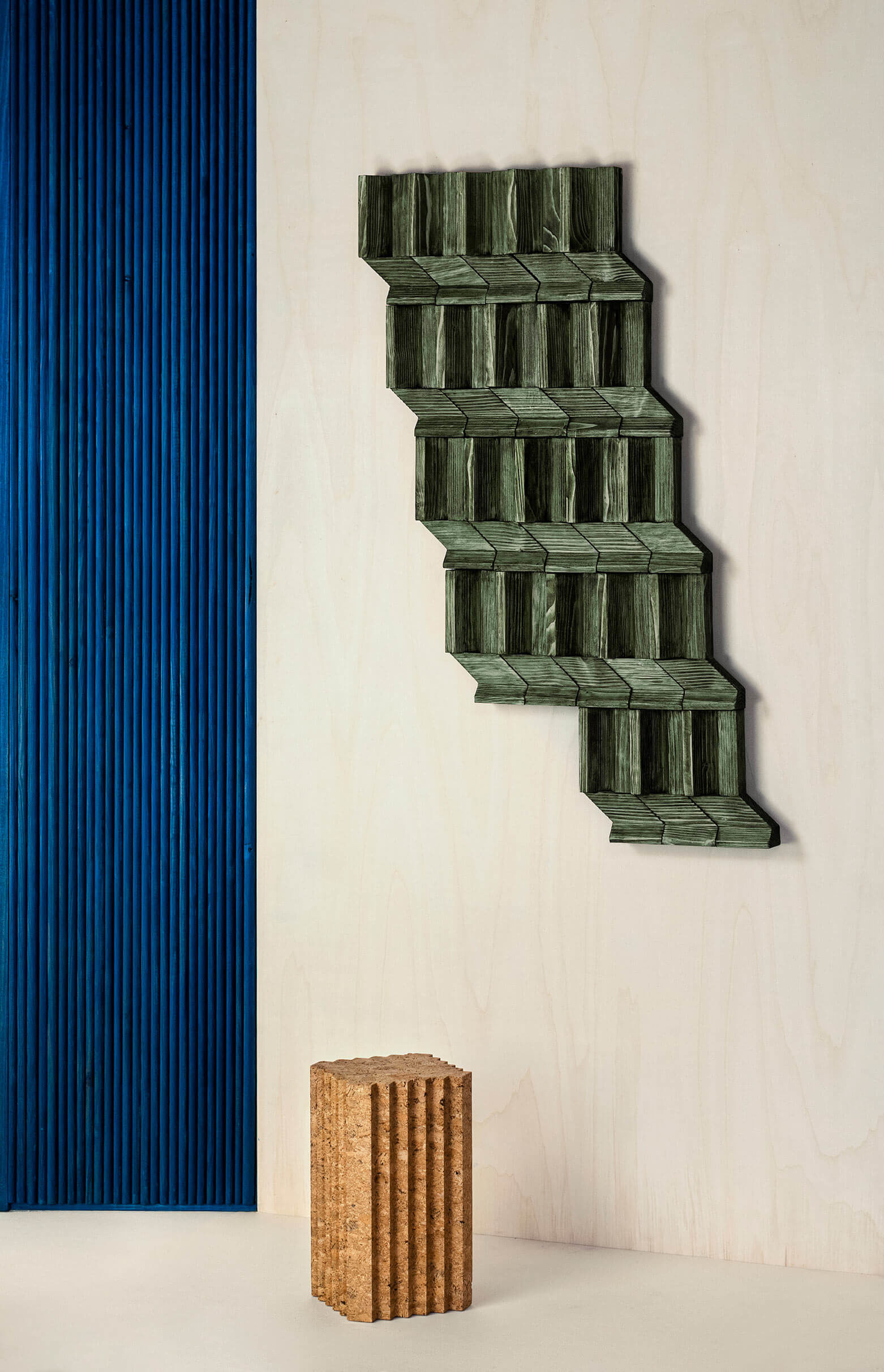
Charles Kalpakian, ‘Sequence Wall Art’, 2020
COURTESY: Galerie BSL / PHOTOGRAPH: © Charles Kalpakian
“Charles Kalpakian’s series of chiselled, geometric furniture and wall installations”
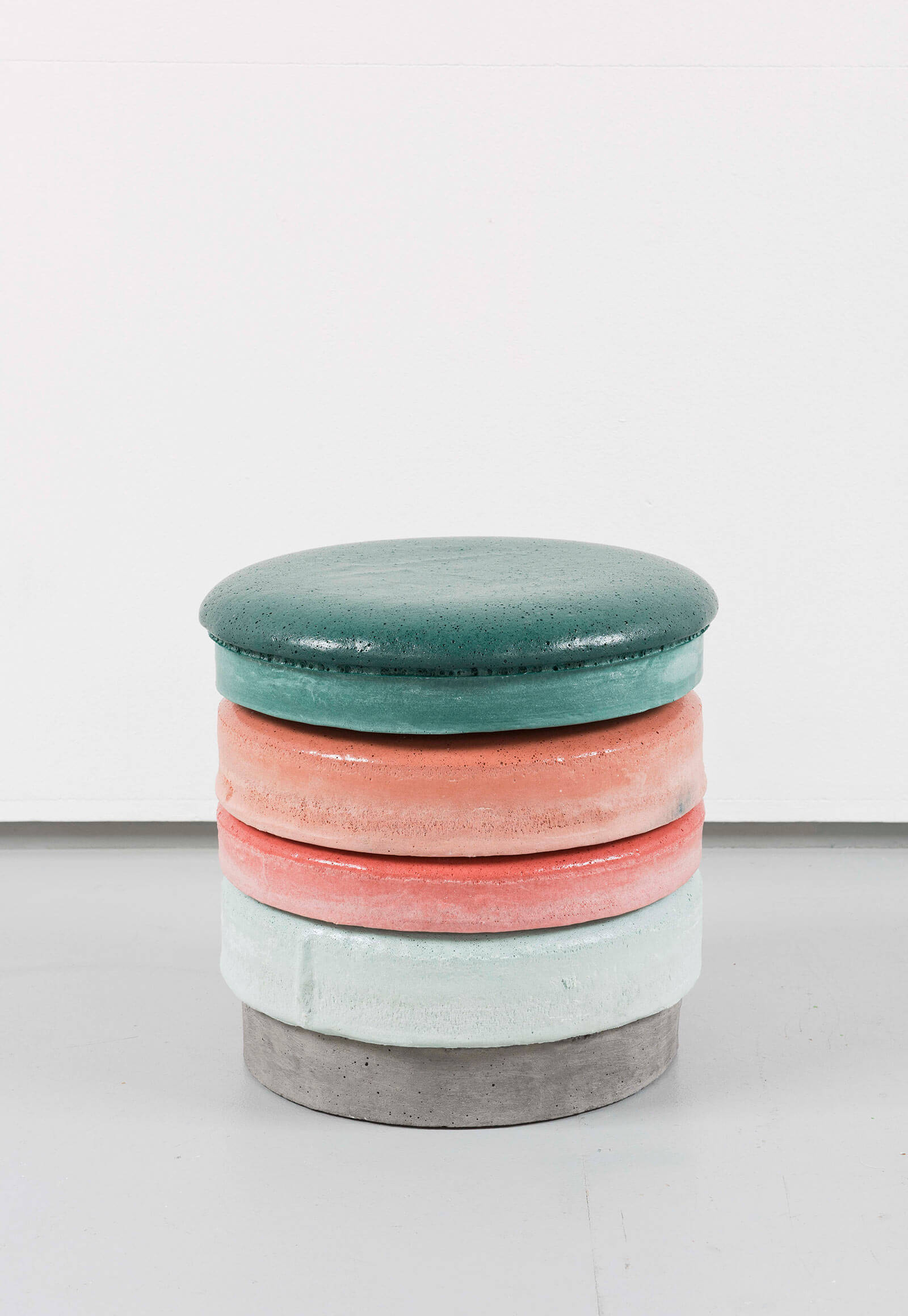
Cristian Andersen, ‘Macaron Stool’, 2020
COURTESY: Etage Projects
“Cristian Andersen’s macaron-shaped, pigmented stools made from layers of cast concrete”
Along the same wavelength is Victor Hunt. Dealer’s selection of 14 lights by various designers, titled ‘The lights at the end of the tunnel’. Standouts are Sabine Marcelis’s ‘Rise’ series (2020), exploring the optical illusions of layered, coloured mirrors and neon lights, and Laurids Gallée’s ‘Patras’ collection (2020) comprising neon tubes encased in curtains of thread.
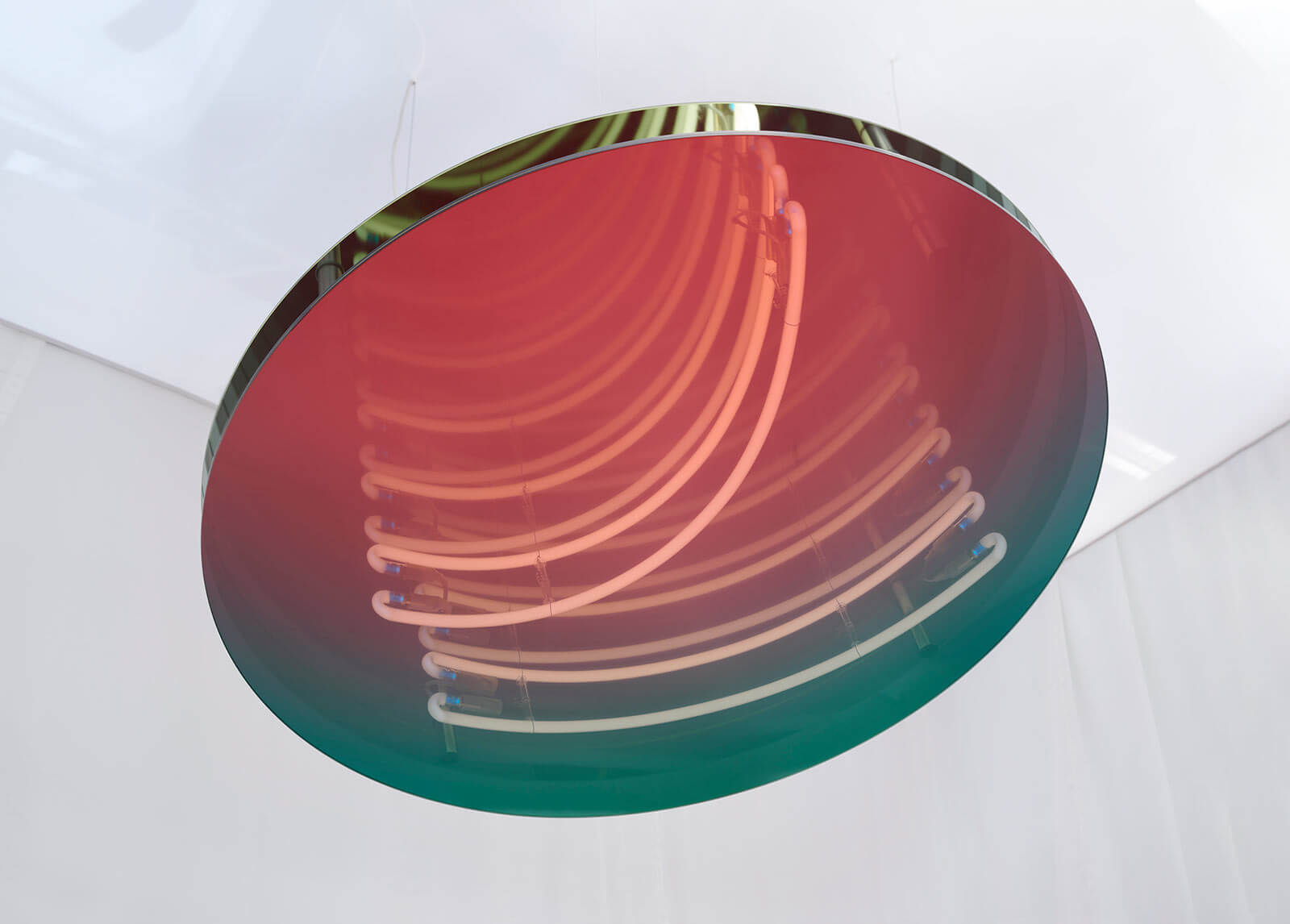
Sabine Marcelis, ‘Rise’, 2020
COURTESY: Victor Hunt. Dealer
Meanwhile, Galerie Mia Karlova’s presentation, ‘A life less ordinary’, considers the role of the home in people’s lives during the pandemic. It is also the title of the interior designer and curator’s inaugural exhibition in Amsterdam. On show are Olga Engel’s wooden ‘Lightbox #1L’ (2021), €11,500, which encompasses an interior space, suggesting privacy, as well as a framework for social interaction, and Vadim Kibardin’s ‘Dolly Chair’ (2018), €5,000, made from recycled cardboard and layered sheets of black paper.
Galerija Vartai from Vilnius is tapping into design’s emotional impact by spotlighting young Lithuanian, Brussels-based designer Barbora Žilinskaitė’s anthropomorphic ‘Roommates Coffee Table’ (2020). Made from wood dust, pigments and glue, the surface of the hand-sculpted table, price €5,500, features a smiley face thanks to the leg tops forming a pair of eyes and a mouth. “It’s about how giving emotional value to objects could change our daily routines,” Toma Monginė, Galerija Vartai’s executive director, remarks.
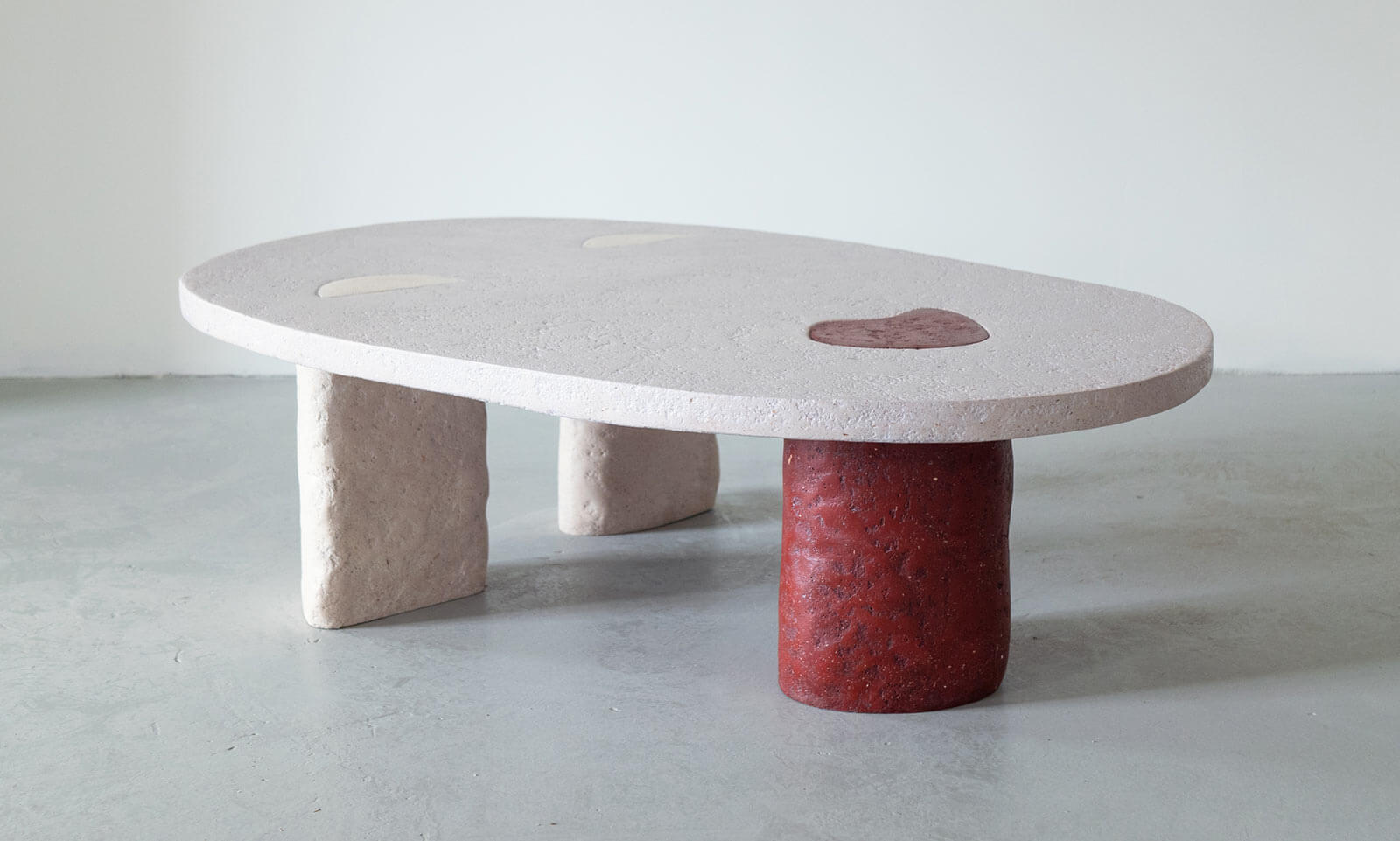
Barbora Zilinskaite, ‘Roommates Coffee Table’, 2020
COURTESY: Galerija Vartai
Elsewhere, House of Today, a non-profit organisation in Beirut, is bringing crucial exposure to the emerging Lebanese designers Hala Matta, Stephanie Sayar and Charbel Garibeh, and Mary-Lynn Massoud and Rasha Nawam. “Following the horrific blast on August 4th last year, House of Today has been even more committed to supporting designers as the current situation in Lebanon has impacted the lives of many of our talents and made their working environment difficult,” Mattia Tebasti and Charbel Abi-Azar, House of Today’s co-directors, say.
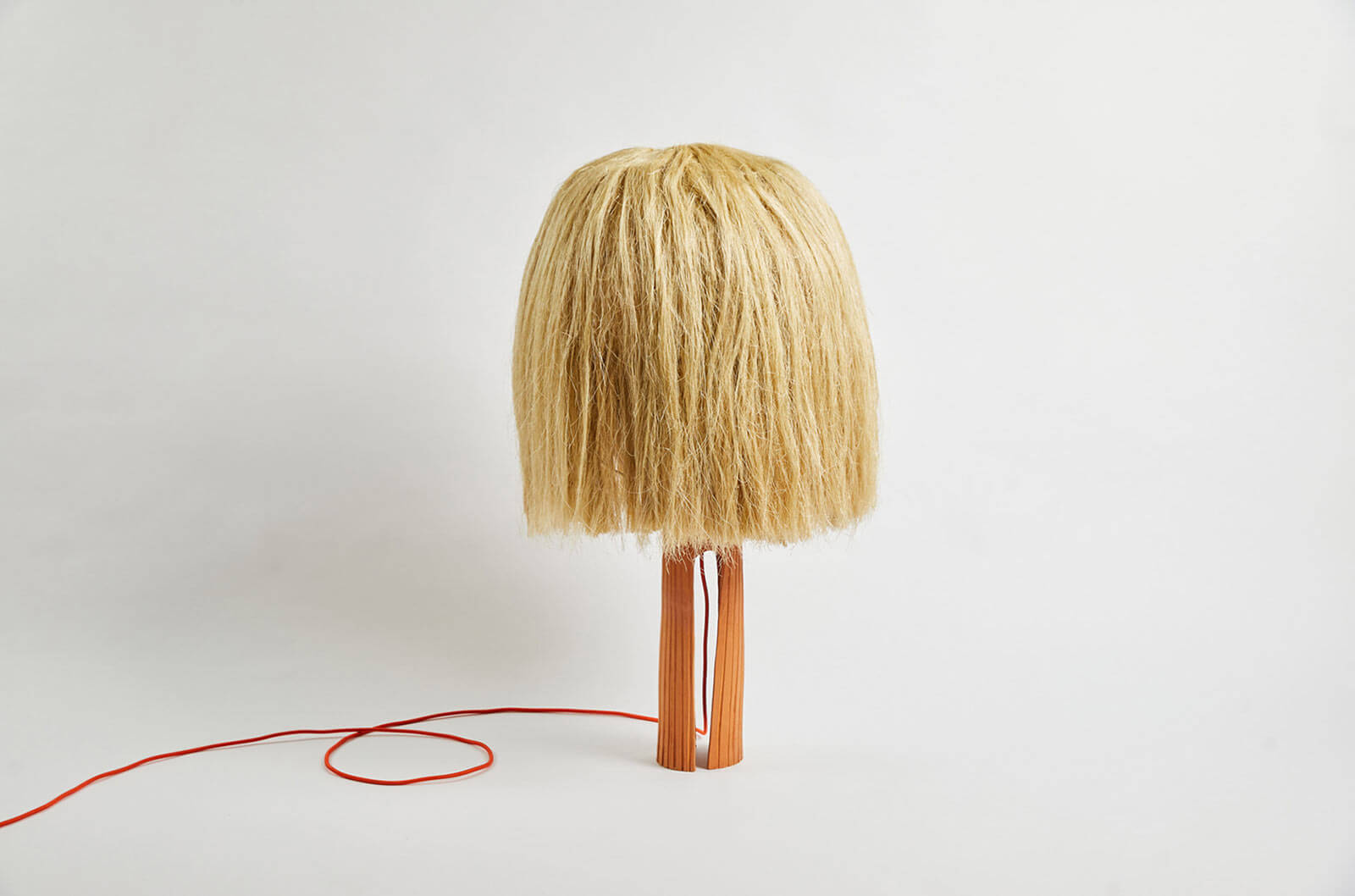
Sayar & Garibeh, ‘Lola Table Lamp’, 2020
COURTESY: House of Today
In the Bespoke section is a plethora of projects by international studios that interrogate materials and incorporate reflections on nature, urbanity and the vernacular. Mexico’s Ewe Studio has carved pieces of local stone like Tikal green marble to develop ‘Altar’ tables (2021) that revisit the flat-topped blocks used for religious rituals. “We’ve always been amazed by the subtraction process in the quarry and the marks that drills leave on the stone so we started exploring drilling as a form of expression,” says Age Salajõe, Ewe’s founder.
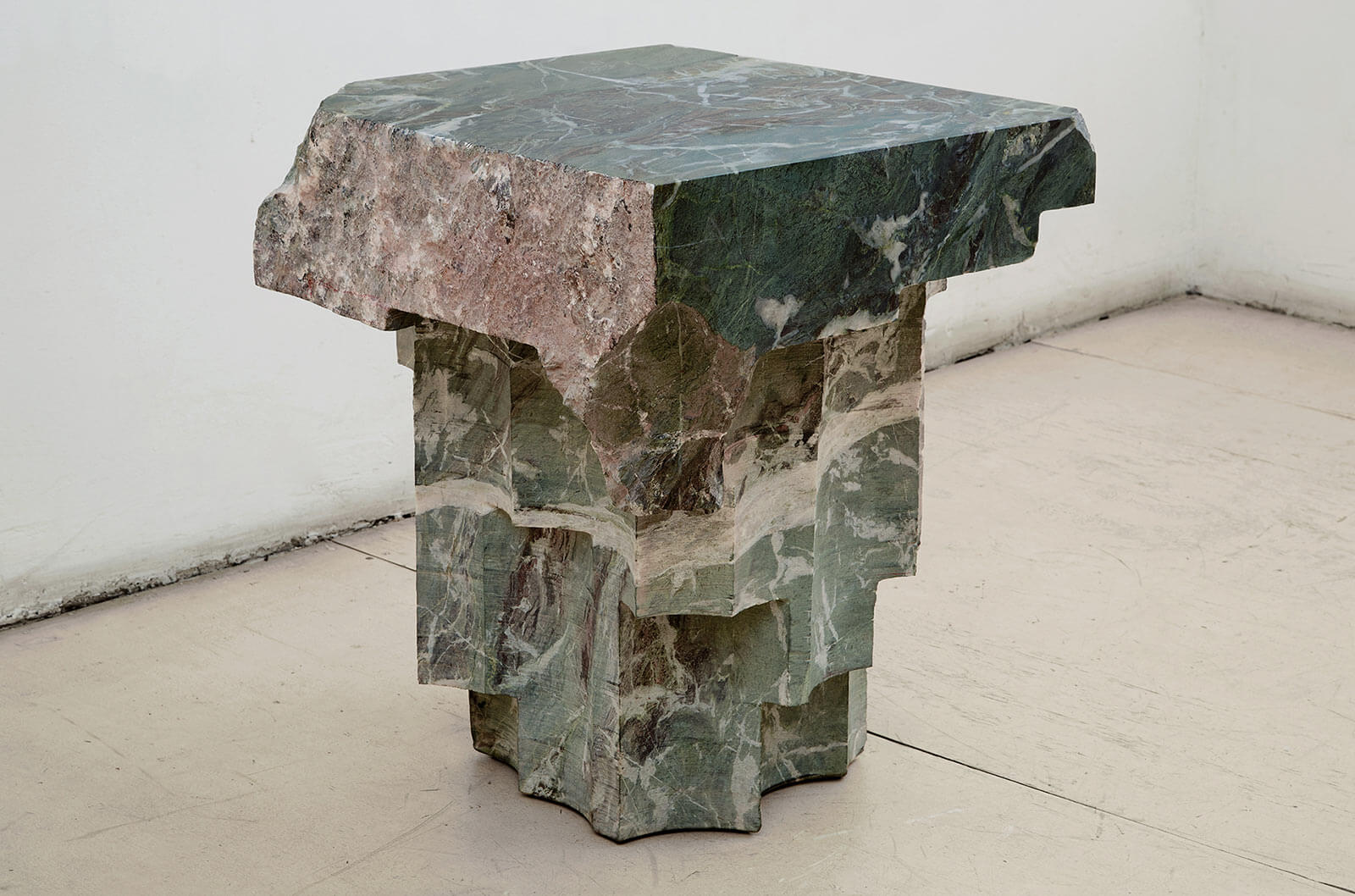
EWE Studio, ‘Altar 6’ table, 2021
COURTESY: EWE Studio
Portugal’s Mircea Anghel has made the striking ‘Pico Rosa’ table (2021) by piercing the tip of a stone base through the wooden tabletop, while France’s Moure Studio has abstracted ideas from nature to create the ‘Silvia’ green enamel dining table, €85,000. “Some people see a forest, some see an animal and others see stalactites,” Ludivine Jalabert, Moure Studio’s founder, says about the conical form of the legs. These pieces resonate with Jean-Luc Le Mounier’s ‘Hamada Moon Low Table’ (2020), resembling a scorched landscape that is made with white bronze and black oak, at New York dealer Todd Merrill in the main section.
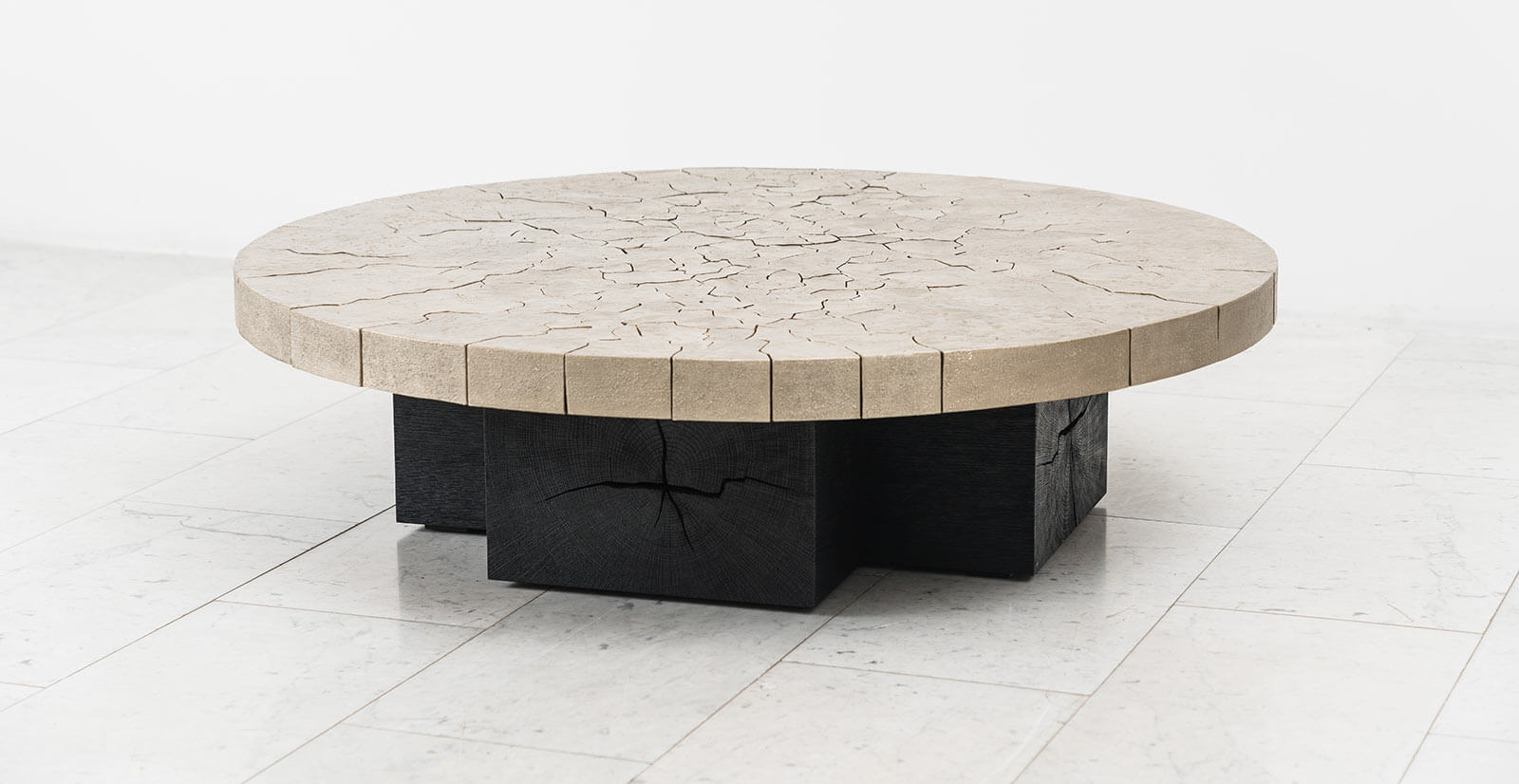
Jean Luc Le Mounier, ‘Hamada Moon Low Table, 2020
COURTESY: Todd Merrill Studio
By contrast, Belgium’s Brut Collective has drawn upon the urban landscape to develop the modular objects in its new collection, ‘City Remnants’, supported by Carwan Gallery. “We took the contemporary city as a motif, borrowed details of its archetypal forms and transformed the volumes into domestic objects,” Brut Collective’s Charlotte Jonckheer and Nel Verbeke explain.

Brut Collective, ‘City Remnants’, 2020
COURTESY: Brut Collective / PHOTOGRAPH: © Alexander Popelier
Experimental projects abound from Erik Olovsson’s ‘Wrinkle Vases’ (2021), €1,500, realised from blowing glass into clay moulds, to Anton Hendrik Denys’s bright red ‘Foam Catcher’ lamps (2021), from €7,749, which recall hand-woven shopping baskets.
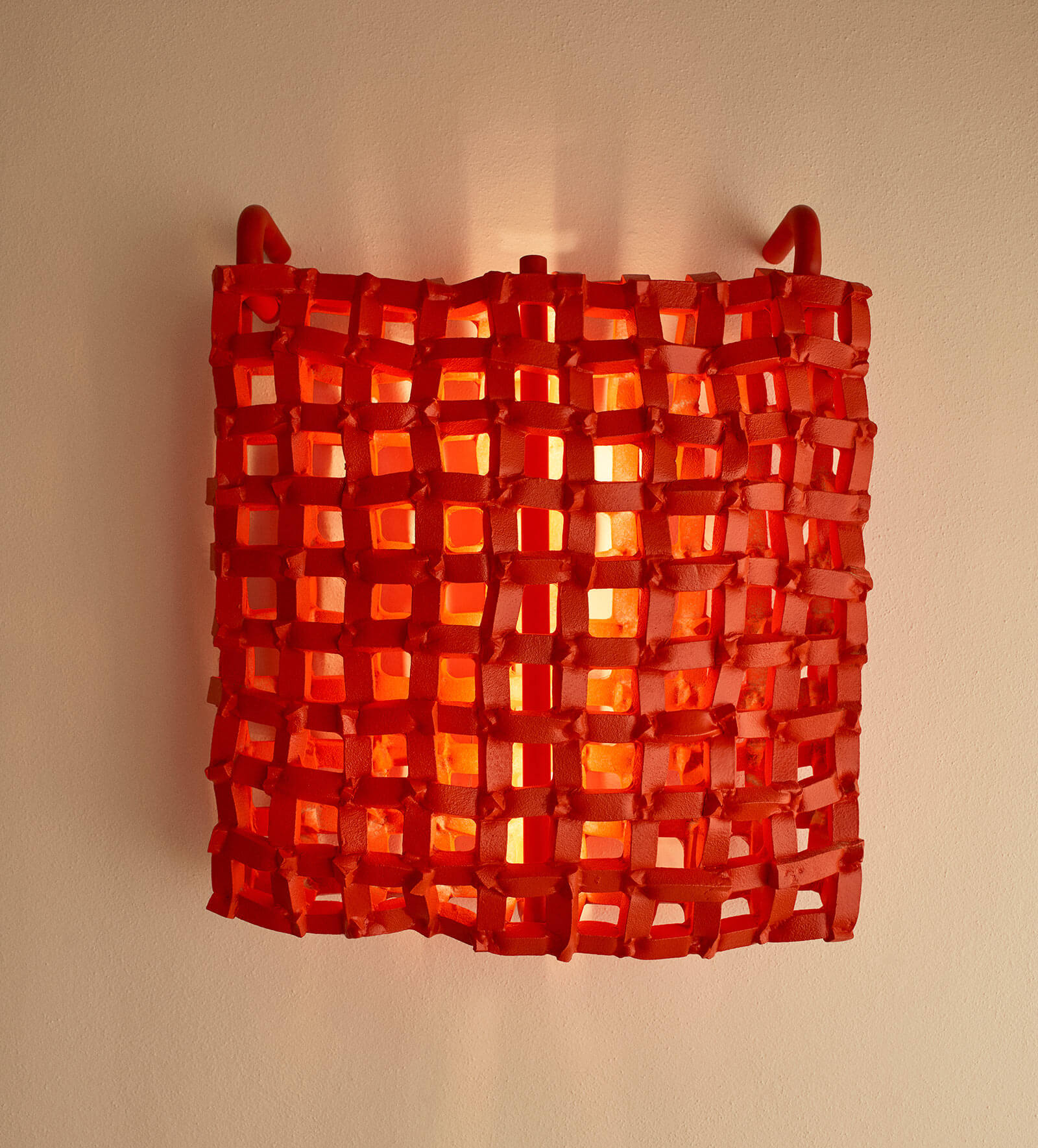
Anton Hendrik Denys, ‘Foam Catchers’ wall light, 2021
COURTESY: Anton Hendrik Denys / PHOTOGRAPH: © Alexander Popelier
The economic context has, inevitably, prevented some designers from producing new physical works. Refusing to be thwarted, Paris-based Döppel Studio (Lionel Dinis Salazar and Jonathan Omar) is presenting four NFTs, priced at 0.25 ETH and 0.50 ETH, from its series ‘Hairy Design Icons. Post lockdown furniture collection’ (2021).
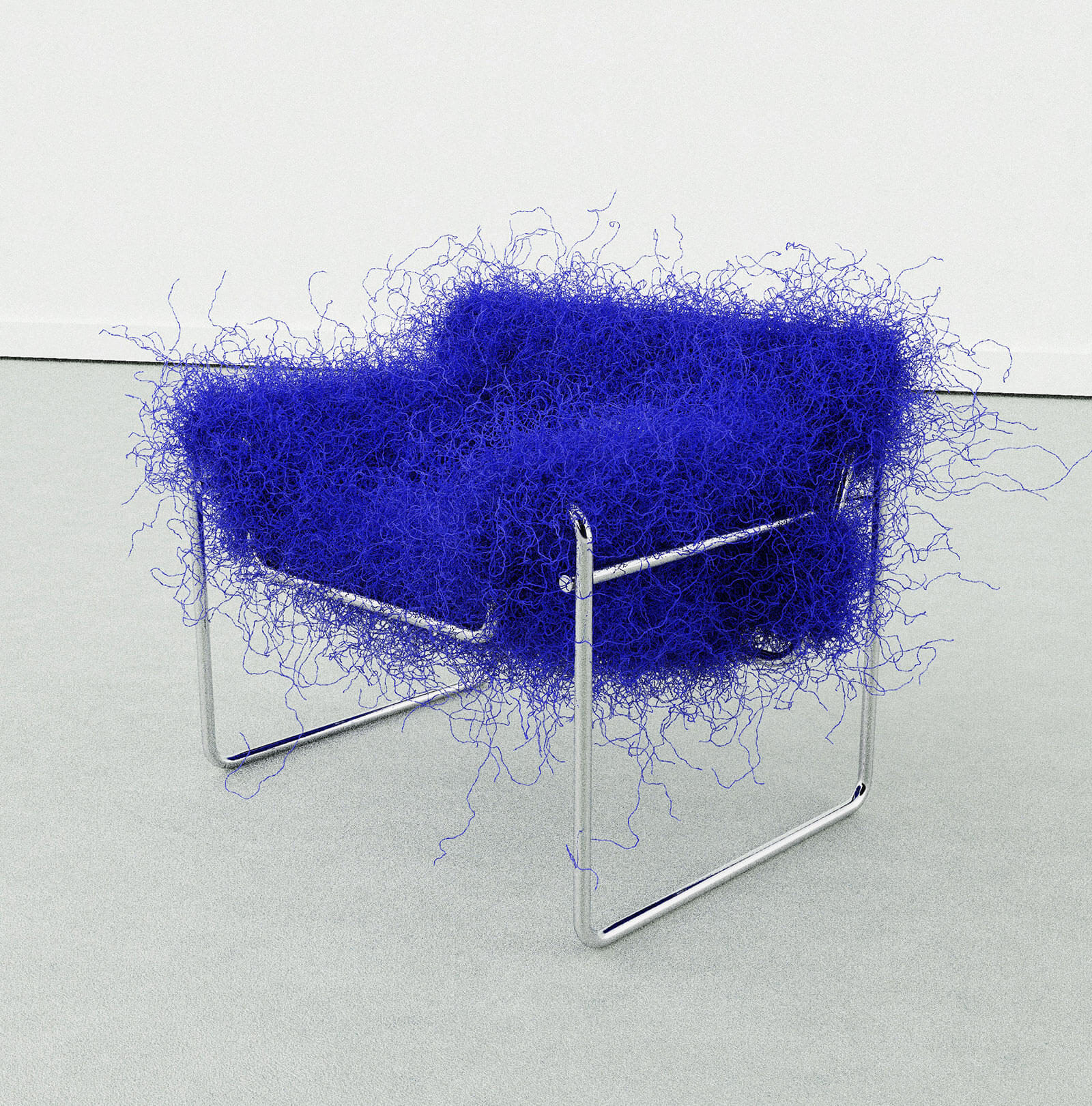
Döppel Studio, ‘Hairy Design Icons’ NFT, 2021
COURTESY: Döppel Studio
“It’s an ironic take on how people like us weren’t shaving during this year of hibernation and how culture was put to one side,” Döppel Studio says about the International Klein Blue renditions by the likes of Verner Panton and Marcel Breuer.
The Curated section, conceived by Julia Haney Montañez, also addressing the consequences of a difficult year, is themed around ‘Tension!’ “I was looking for unusual works that embody a dissonance between functionality and artistic integrity,” Montañez explains. “The theme expanded to how I was feeling when Covid was becoming part of our reality and much of the design industry’s plans were put on hold.”
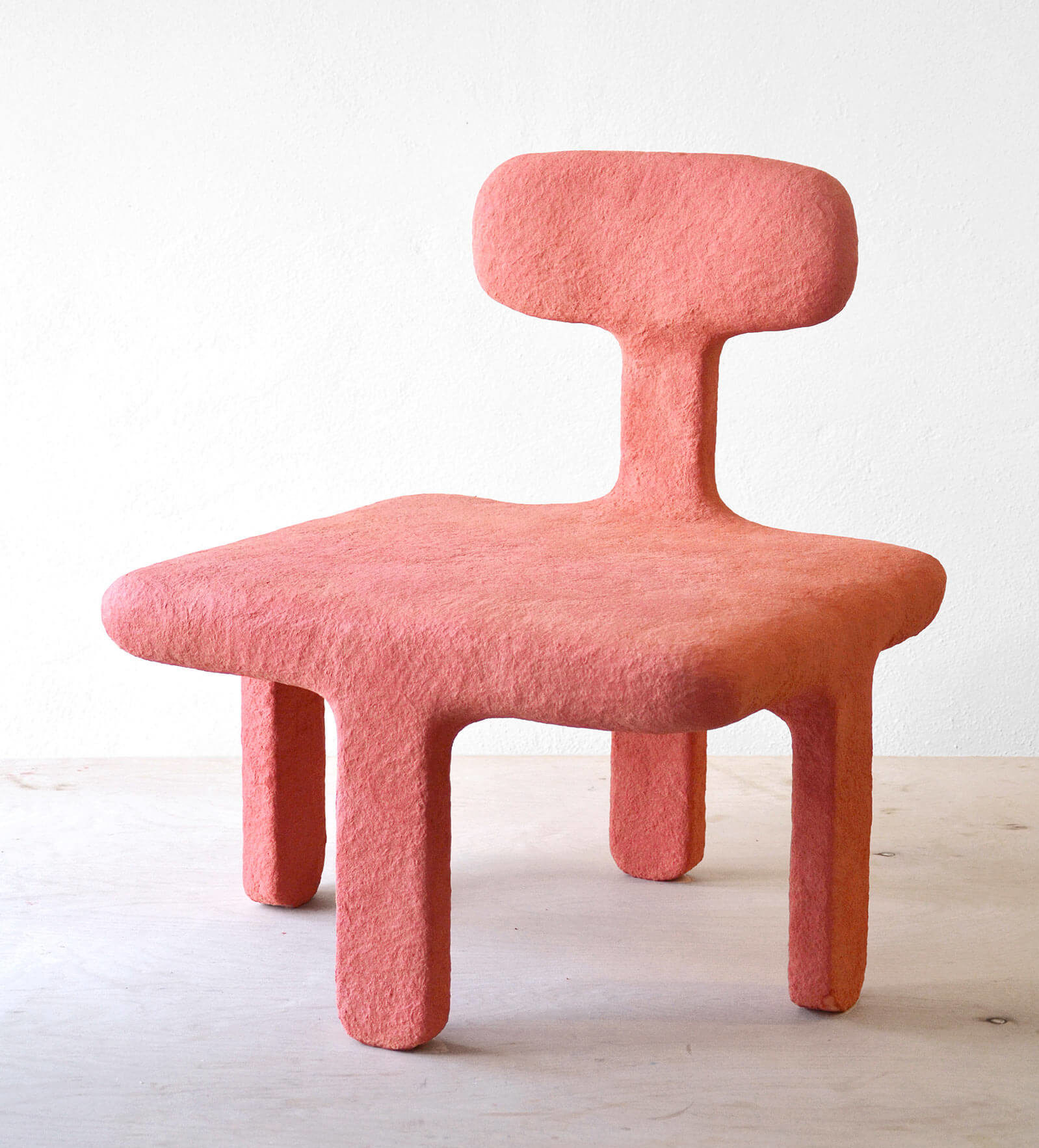
Polina Miliou, ‘Flo’ chair, 2020
COURTESY: © Polina Miliou
Los Angeles-based Greek designer Polina Miliou’s ‘Flo’ chair (2020) is part of this section. Made from paper pulp, repurposed wood and styrofoam, it has a disproportionately low back and atypically positioned legs. Other examples are American designer Ara Thorose’s ‘Path No. 4’ chair (2020/2021), its sinuous form made from bunched-up rubber and steel tubes, and Aaron Blendowski’s ‘From the Dark’ mirror (2021), a purple moon surrounded by an irregularly sculpted frame.
A pertinent expression of Covid-19’s impact on daily reality is the ‘Playground for Salvation’ series by Iaai Studio, founded by Georgian, Berlin-based designer Ia Kutateladze. Created during 2020’s first lockdown, the bold, black clay objects, €470-€5,000, with yellow-tipped rods and rounded appendages were inspired by images of Covid-19’s structures.
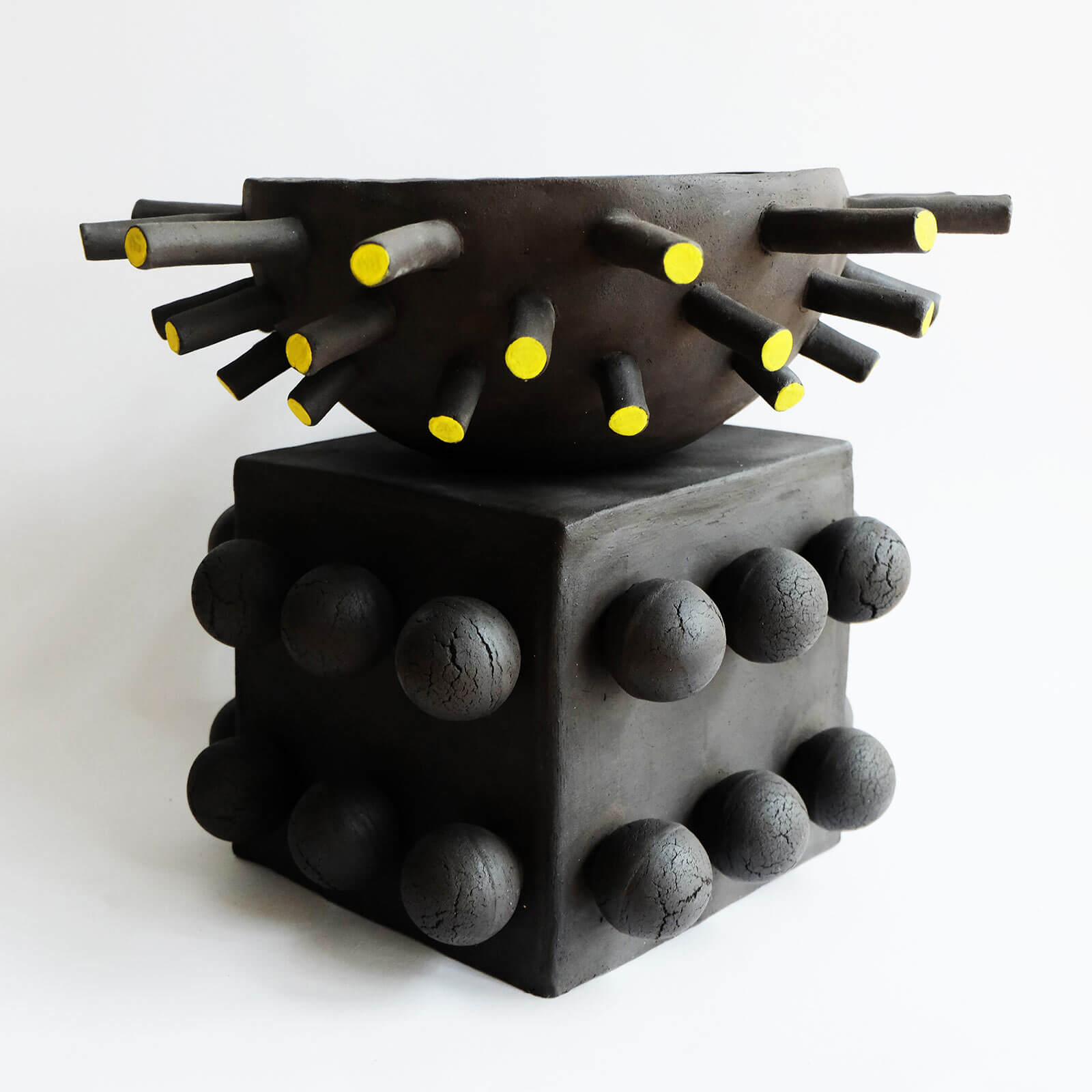
Iaai Studio, ‘Dendri’ lamp, 2020
COURTESY: Iaai Studio
“The exploration of the idea came after stumbling upon stunning microscopic images of the Covid-19 virus and realising that every living organism in nature, even if it is a harmful one, could be beautiful,” Kutateladze says. “The surreal stillness of lockdown enabled me to experiment and push myself more to create these bigger, more intricate lighting and furniture pieces from clay.” Indeed, the series is another intriguing record of lockdown creativity.




